By Garvin Li
Note: The data in this article is fictitious and is only used for experimental purposes.
Issuing agriculture loans is a typical data mining case. Lenders use an experience model built based on statistics of past years (including a borrower's yearly income, types of planted crops, loan history, and other factors) to predict that borrower's repayment ability.
This document is based on agriculture loan scenarios and shows you how to use a linear regression algorithm to handle loan issuing business.
Linear regression is a widely applicable statistics analysis method used in statistics to determine the quantitative relation that two or more variables depend on. This article predicts whether to issue requested loan amounts to users in the prediction set by analyzing the issuing history information of agriculture loans. We will be performing all our data analysis on the Alibaba Cloud Machine Learning platform.
The specific fields are as follows:
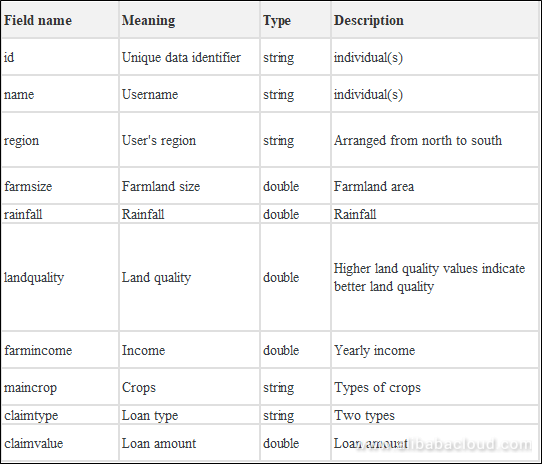
The following is a screenshot of the data.
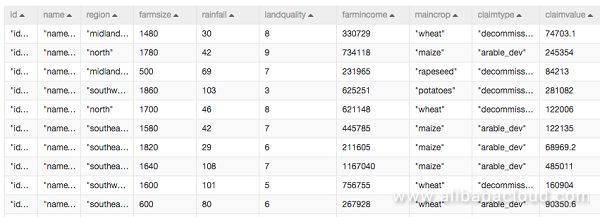
The following diagram shows the experiment process.
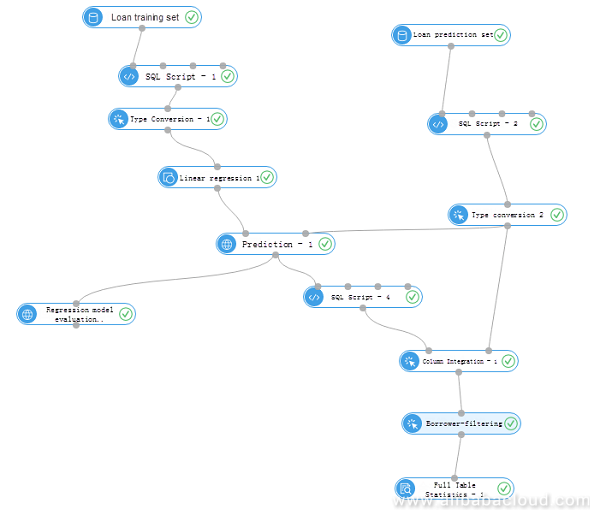
Input data is divided into two parts:
Predicate whom of the 71 applicants will receive loans based on the existing 200+ pieces of history data.
Map data of string type to numbers according to data meanings. For example, for the "region" field, map "north", "middle", and "south"in order to 0, 1, and 2 respectively, then convert the field to the double type by using the type conversion component, as shown in the following diagram. You can perform model training after data is pre-processed.
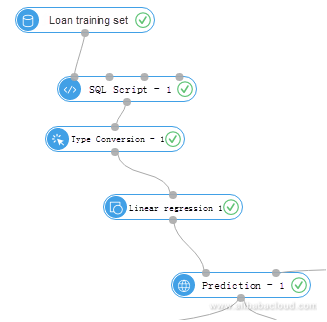
Use linear regression components to train history data and generate a regression model, which is used in the prediction component to predict data in the prediction set. Use the column merge component to merge user ID, prediction score and claim value, as shown in the following screenshot.
The prediction score indicates a user's loan repayment ability (expected loan repayment amount).
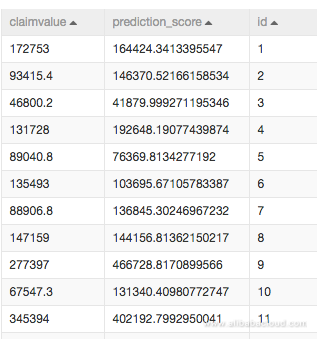
Use the regression model evaluation component to evaluate the model. The following table describes evaluation results.
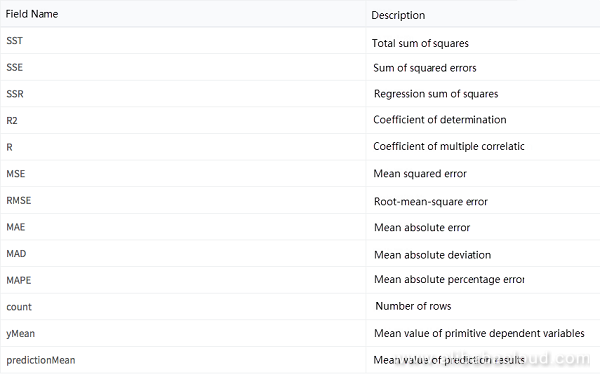
Use filtering and mapping components to determine applicants that can receive loans. The principle of the experiment is that, if an applicant's repayment ability is predicated to be greater than the requested loan amount, that applicant will receive a loan. This principle applies to each potential customer.
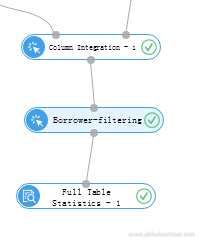
To learn more about Alibaba Cloud Machine Learning Platform for Artificial Intelligence (PAI), visit www.alibabacloud.com/product/machine-learning
Alibaba Cloud Machine Learning Platform for AI: Student Exam Score Prediction
Alibaba Cloud Machine Learning Platform for AI: Offline Scheduling Instructions
Alibaba Clouder - August 12, 2020
Alibaba Cloud Project Hub - November 16, 2021
Alibaba Cloud Project Hub - November 19, 2021
digoal - April 22, 2021
JDP - November 11, 2021
GarvinLi - December 27, 2018
 Platform For AI
Platform For AI
A platform that provides enterprise-level data modeling services based on machine learning algorithms to quickly meet your needs for data-driven operations.
Learn More Big Data Consulting for Data Technology Solution
Big Data Consulting for Data Technology Solution
Alibaba Cloud provides big data consulting services to help enterprises leverage advanced data technology.
Learn More Big Data Consulting Services for Retail Solution
Big Data Consulting Services for Retail Solution
Alibaba Cloud experts provide retailers with a lightweight and customized big data consulting service to help you assess your big data maturity and plan your big data journey.
Learn More Epidemic Prediction Solution
Epidemic Prediction Solution
This technology can be used to predict the spread of COVID-19 and help decision makers evaluate the impact of various prevention and control measures on the development of the epidemic.
Learn MoreMore Posts by GarvinLi
Start building with 50+ products and up to 12 months usage for Elastic Compute Service
Get Started for Free Get Started for Free